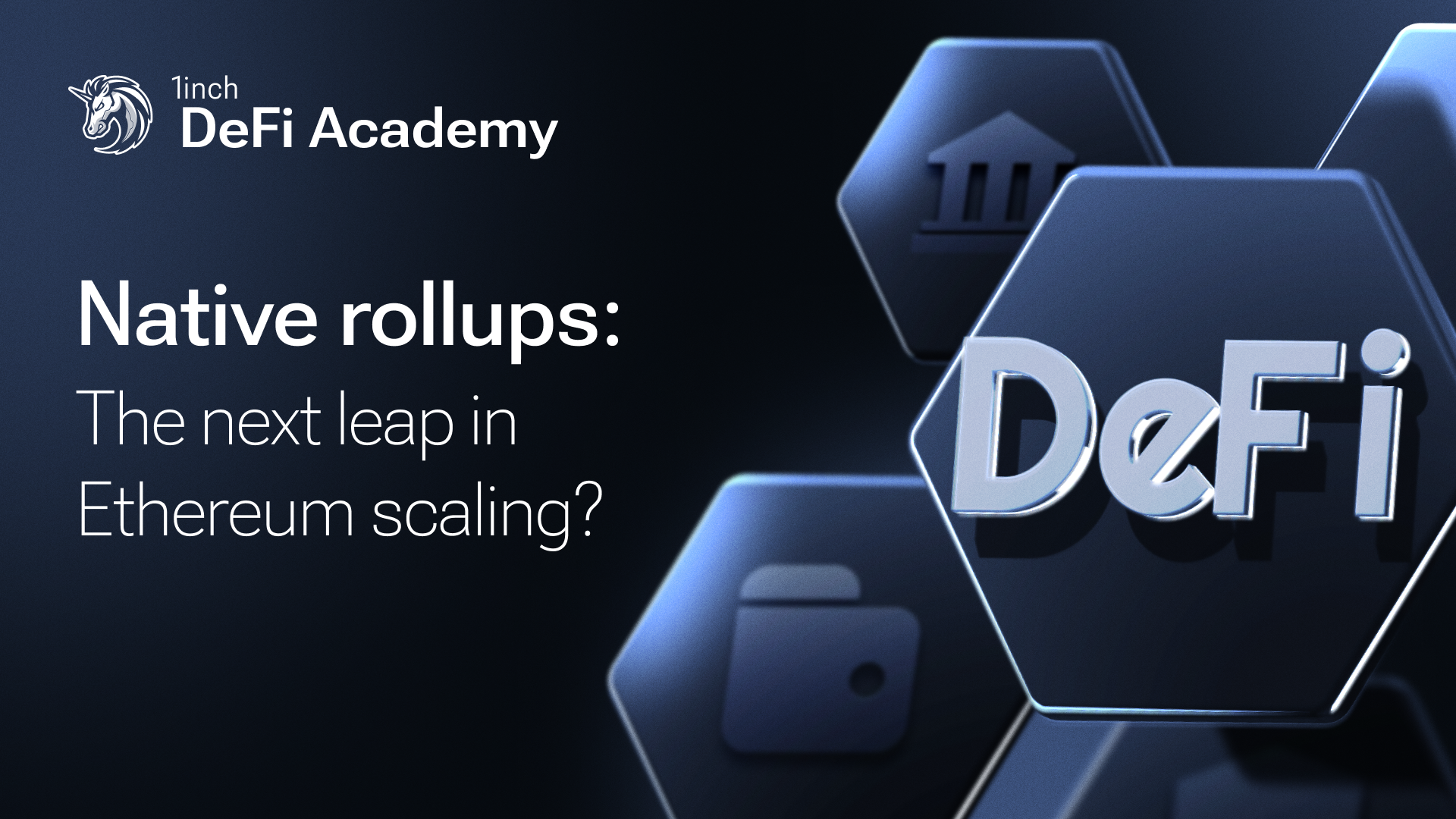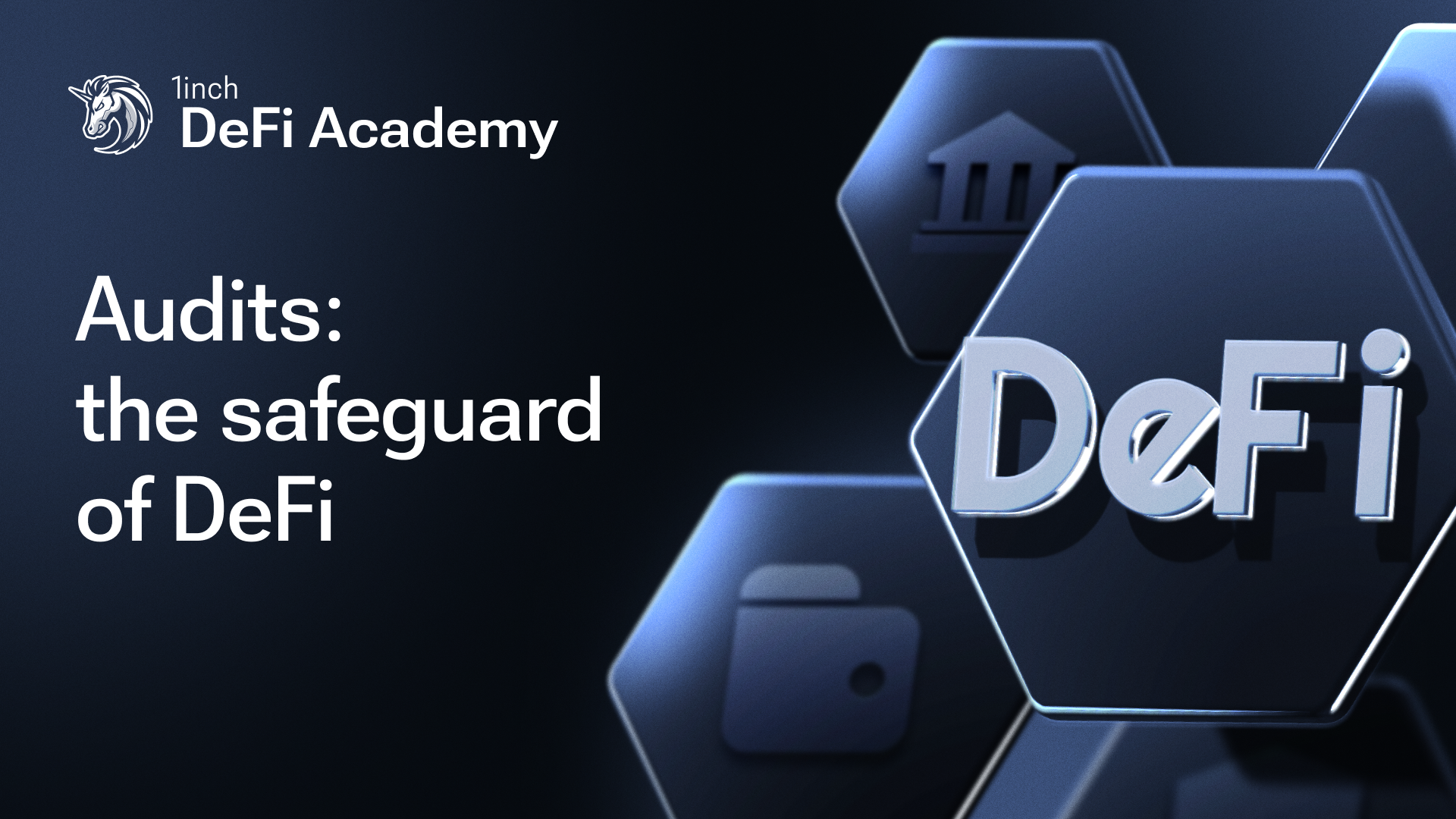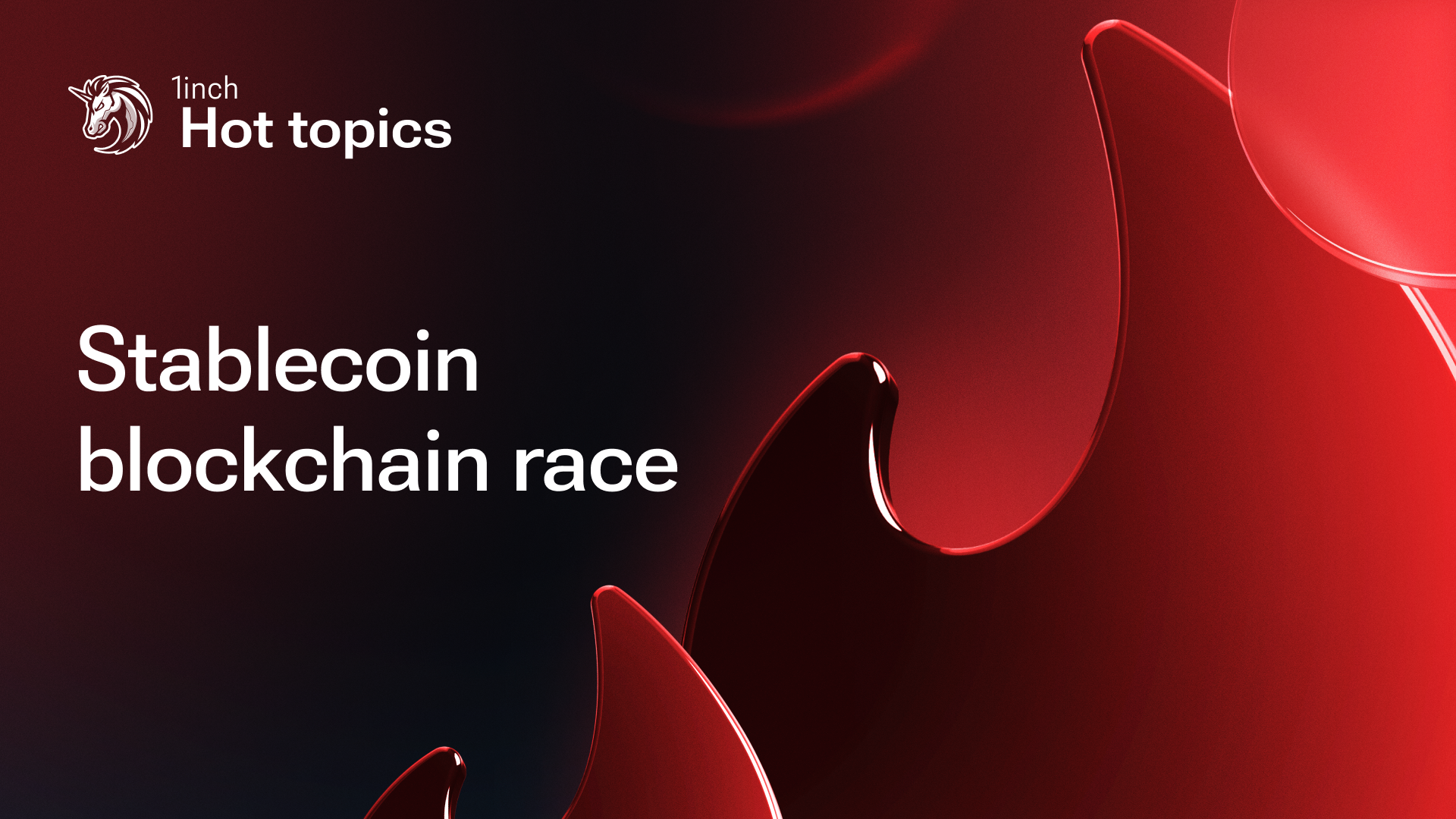Native rollups: The next leap in Ethereum scaling?

Native rollups promise a new generation of Layer 2 scaling by embedding rollup logic directly into Ethereum’s core protocol.
As Ethereum continues to mature, scalability remains a central challenge. Over the years, Layer 2 (L2) solutions have emerged as powerful tools for reducing gas costs and improving transaction throughput. Among these, rollups - both optimistic and zero-knowledge (ZK) - have gained traction. However, a new approach is quietly taking shape, one that could redefine the L2 landscape entirely: native rollups.
While current rollups have proven effective, they often depend on complex off-chain infrastructure and governance layers. Native rollups propose a paradigm shift - by embedding L2 execution more directly into Ethereum’s base protocol. The potential impact on security, composability and developer experience could be profound.
What are native rollups?
Traditional rollups bundle and execute transactions off-chain and submit cryptographic proofs (either fraud or validity proofs) to Ethereum for verification. Although secure, this architecture often relies on multisig governance, third-party sequencers or security councils, which can introduce centralization risks or single points of failure.
Native rollups, by contrast, are built to be executed and validated natively by Ethereum itself. Instead of relying on external verification, native rollups use an EXECUTE precompile that allows Ethereum’s core protocol to directly re-execute and verify state transitions of the rollup. This means the rollup becomes an intrinsic part of Ethereum’s security and consensus process - effectively making it “as secure as Ethereum itself.”
Why native rollups matter
- Ethereum-level security
Because native rollups are validated by Ethereum nodes, they inherit the full security of Ethereum’s base layer. There’s no need to trust external actors to verify proofs, and no added attack surfaces from third-party sequencers.
- Protocol-aligned upgrades
Native rollups evolve with Ethereum. When Ethereum undergoes a hard fork or adds functionality, native rollups automatically benefit from those changes. This is a significant step toward a more seamless developer and user experience, eliminating many of the upgrade and compatibility issues that plague external L2 solutions.
- Simpler governance
Unlike many current rollups, native rollups do not require external governance mechanisms to manage upgrades or coordinate validators. This simplification reduces both centralization risks and operational overhead.
Comparing rollup types: native, optimistic, and ZK
When it comes to security, native rollups stand out by inheriting Ethereum's L1 security directly at the protocol level. Transactions are validated by Ethereum itself, eliminating reliance on third-party actors and minimizing censorship risks. Optimistic rollups, in contrast, assume transaction validity by default and rely on a one-week dispute window during which at least one honest participant must submit a fraud proof if something is wrong. ZK-rollups offer the strongest cryptographic guarantees, as every state update comes with a zero-knowledge proof verified by Ethereum. While they may still rely on centralized sequencers, malicious actors cannot alter the state without producing a valid proof.
In terms of performance, native rollups promise extremely high throughput and near-L1 confirmation speeds, thanks to their tight integration with Ethereum’s consensus. Optimistic rollups offer quick L2 confirmations and scalable throughput but delay finality on L1 due to the fraud challenge period. ZK-rollups also scale effectively through batch processing and zero-knowledge proofs, enabling fast and secure finality on L1—usually within minutes—without the need for challenge periods.
Cost-wise, native rollups are expected to be the most efficient, thanks to protocol-level optimizations and minimal overhead. Optimistic rollups are significantly cheaper than L1 because they aggregate transactions, though they incur higher costs when gas prices rise due to call data use. ZK-rollups push costs even lower by compressing transaction data and verifying batches through a single proof, although proof generation requires substantial computation—handled by the operator, not the user. As tooling matures, ZK-rollups continue to close the gap in developer experience while offering robust integration with Ethereum’s ecosystem.
The developer advantage of native rollups
For developers, native rollups offer a future where deploying scalable dApps doesn’t require understanding the intricacies of bridging, rollup proof systems, or custom security models.
Moreover, reducing reliance on custom sequencers and data availability layers simplifies the tooling and ecosystem complexity required to build on L2.
Potential roadblocks
However, as promising as native rollups are, they’re not exactly plug-and-play. There are key hurdles to overcome:
- Consensus buy-in
Native rollups require modifications to Ethereum’s protocol, which must be approved through the community’s governance process.
- Standardization
For multiple native rollups to coexist and interoperate, standards around implementation and execution must be carefully defined.
Despite these challenges, the momentum behind native rollups is growing, with discussions and prototypes already surfacing in the Ethereum core development community.
Why native rollups matter for 1inch
Ethereum was the first blockchain supported by 1inch, and 1inch closely follows any developments on Ethereum, remaining committed to leveraging cutting-edge technologies that align with 1inch’s mission of making DeFi more secure and more accessible to all.
Native rollups could represent a significant step forward - not just in terms of lower gas fees and faster execution, but in creating a more secure and unified Ethereum experience. As a protocol that aggregates liquidity and routes trades across multiple chains and layers, we see native rollups as a potential game-changer.
They could reduce the complexity of interacting across fragmented L2 environments, simplify bridging and offer a higher degree of trust and transparency - core values that align with 1inch’s vision of DeFi.
Start swapping on Ethereum via 1inch today!




























